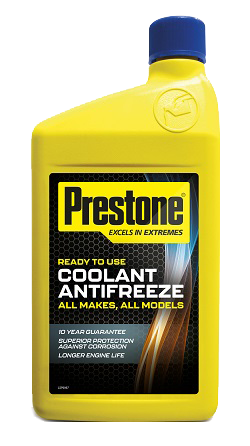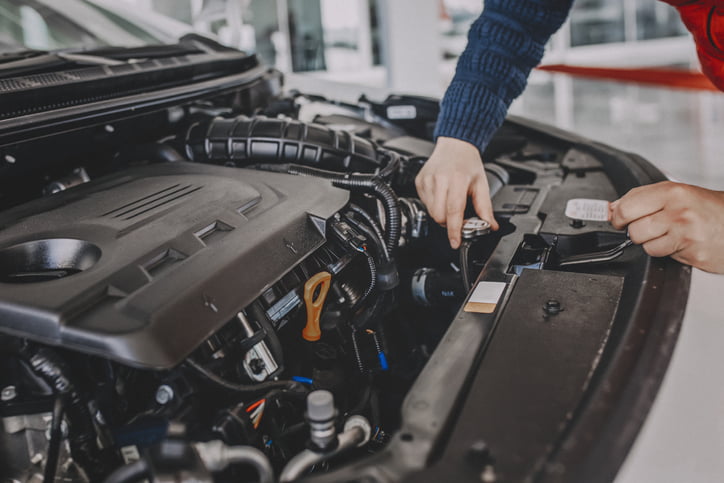Car cooling systems rely on a sealed network of hoses to pump coolant/antifreeze around an engine. These hoses are arranged in a sealed loop, which allows a smooth and constant flow of coolant/antifreeze to reach components including the head gasket, cylinder heads and engine block – keeping the engine working at the right temperature.
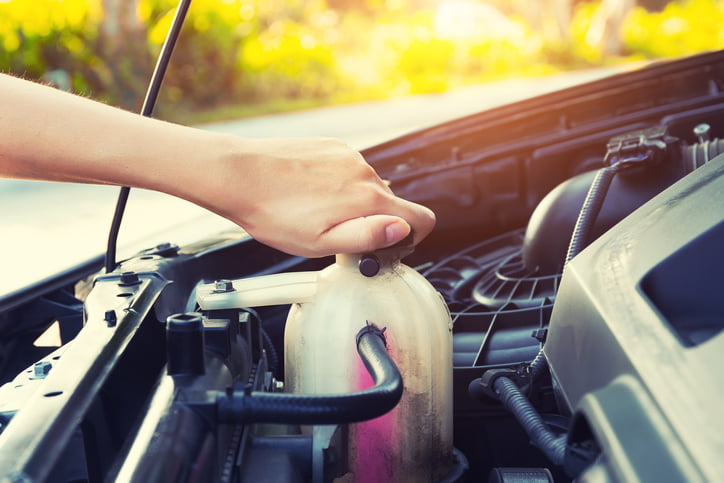
When air is allowed to enter this sealed system, blockages and bubbling can occur, which can lead to the engine overheating. There are several possible causes for air pockets in the cooling system, and we’ll cover these as part of our guide on what it means when coolant/antifreeze bubbles in the system.
Use the links below to jump to the section you need or read on for the complete guide.
Blog Sign Up
"*" indicates required fields
Why is my car’s coolant bubbling?
Cooling systems in most cars are pressurised, and rely on a leak-free closed circuit of hoses to pump coolant/antifreeze around the engine. When air gets into this sealed system, air pockets can form and cause blockages, which can lead to bubbling and overheating.
Bubbling indicates rising air pressure in the cooling system, which is a sign that the flow of liquid is blocked by a pocket of air. One of the most common causes is a blown head gasket, in which the air pressure inside the cylinder heads is transferred to the cooling system. This escaped air causes bubbling in the coolant/antifreeze reservoir, which can often be mistaken for boiling.
Aside from a blown head gasket, there are several other causes for air inside in the cooling system, which we’ll come to later.
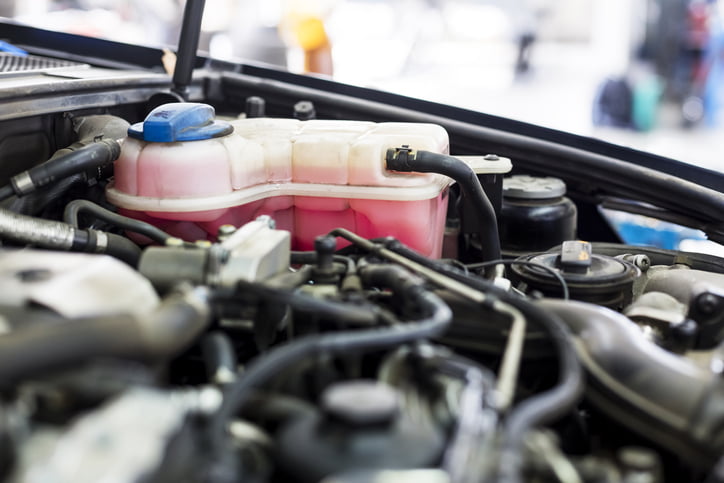
Why does air in the cooling system cause overheating?
When there’s a leak in the cooling system, the pressure of the liquid drops and so does the boiling point of the coolant/antifreeze. Cooling systems are pressurised to raise the boiling point of the fluid, with the pressure cap and the overflow helping to raise the temperature at which the coolant/antifreeze boils.
In the case of a blown head gasket, air enters the cooling system and causes bubbling. At the same time, coolant/antifreeze flows into the cylinder head through the leak in the head gasket. This means that the cooling system steadily fills with air as the liquid leaks into the cylinders, reducing the liquid pressure of the system which causes the fluid to reach boiling point. With a head gasket leak, overheating can happen rapidly, with white steam pouring from beneath the bonnet.
Whether it’s a faulty pressure cap or crack in the engine block, if the pressure at which the coolant/antifreeze flows through the engine is affected by a leak, the fluid will reach boiling point causing the engine to overheat.
What is the boiling point of coolant/antifreeze?
The point at which coolant/antifreeze boils depends on the quality of the product itself, and the pressure maintained inside the cooling system. At normal operating pressure, Prestone Coolant/Antifreeze has a boiling point of 129°C, and a freezing point of -37°C.
However, if the pressure inside the cooling system is compromised by a leak in the cooling system or a faulty component, such as a blown head gasket, the boiling point of the coolant will fall as the pressure inside the system drops.
That’s why, when your car has a fault or leak, overheating can occur and the coolant/antifreeze can boil in the system.
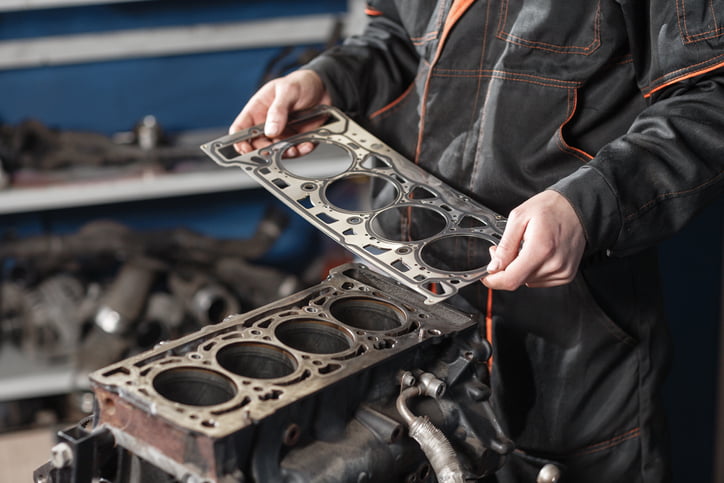
How does air get in the system and how can I fix it?
As touched on above, there are several reasons why air can get into the cooling system, and these range from minor issues to severe mechanical problems. Below, we list some of the areas prone to fault that can let air into the system, and offer practical advice on how to fix it.
Head Gasket
When a head gasket blows, compressed air from the cylinders can rapidly enter the cooling system, leading to bubbling in the reservoir and coolant/antifreeze seeping into the cylinder head. This can cause the engine to overheat very quickly, and you should pull over immediately before it gets worse.
Symptoms:
- Overheating
- Bubbles in the coolant/antifreeze reservoir
- White smoke from the exhaust
- Billowing steam from under the bonnet
The fix: Getting the leak fixed by a professional is one option. This can be expensive though, so if you want to save some money you could use a leak repair fluid at home. These do provide safe, permanent repairs – just follow the instructions carefully.
Cooling System Pressure Cap
To maintain pressure, cooling systems rely on a pressurised cap that keeps the system at a constant pressure while allowing coolant/antifreeze to flow to the expansion reservoir. If the cap develops a fault or is replaced with one that’s not compatible with the system, air can get into the system and cause problems.
Symptoms:
- Bubbling in the coolant/antifreeze reservoir
- Bubbles around the cap seal
- Overheating
The fix: If a fault develops with the pressure cap, it will need to be replaced before the pressure change can cause damage to the radiator. Make sure the cap is replaced with an OEM (original equipment manufacturer) component, or one directly recommended by the manufacturer.
Air Pockets in the Radiator
Air pockets in the radiator can cause blockages as coolant/antifreeze circulates through the engine. These usually happen after a coolant/antifreeze flush, when not enough coolant/antifreeze is added to the system to expel any remaining air.
Symptoms:
- Bubbling in the reservoir.
- Higher operating temperature, which could lead to overheating.
- Potential radiator damage.
The fix: When flushing the radiator and cooling system, make sure you run the engine with the pressure cap off for 15 minutes after refilling the system. This will bleed any air from the radiator and cooling system before you replace the pressure cap.
Read our comprehensive guide on how to do a coolant flush.
At Prestone, our coolant/antifreeze is tested in all extremes, so you can trust it to take care of your car’s engine and cooling system all year round.

